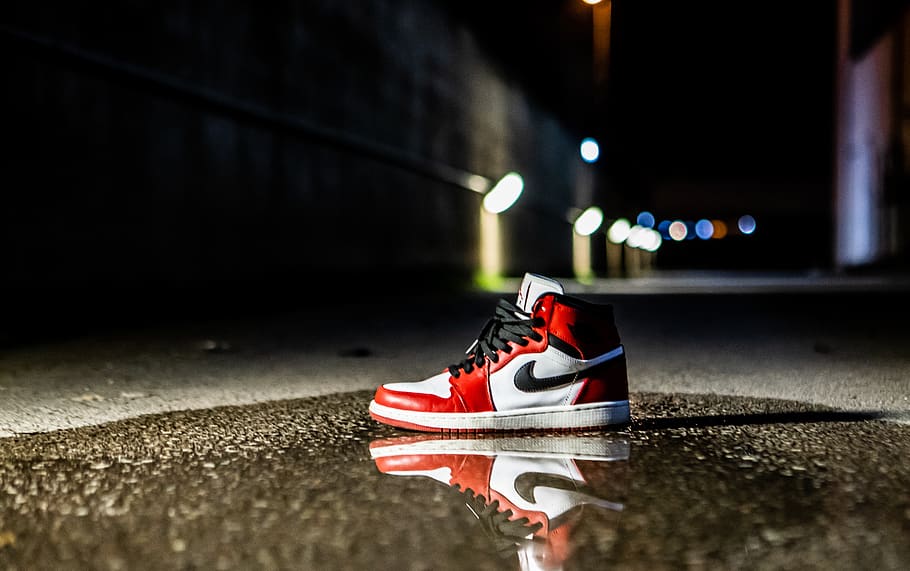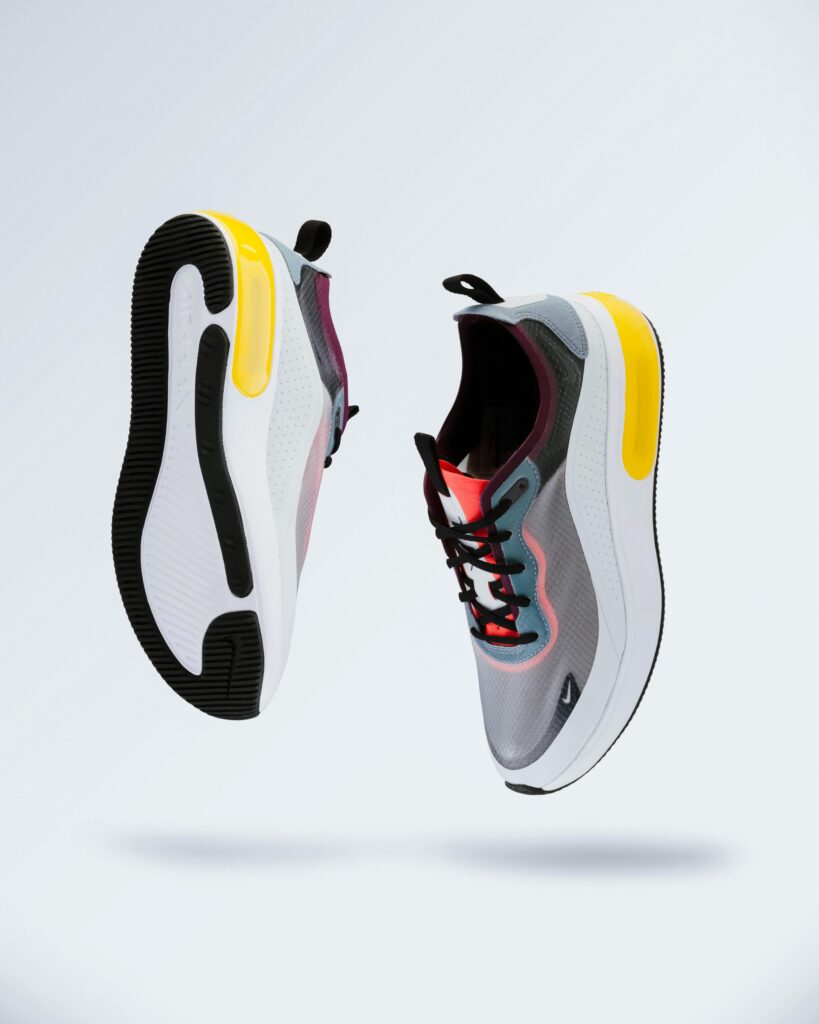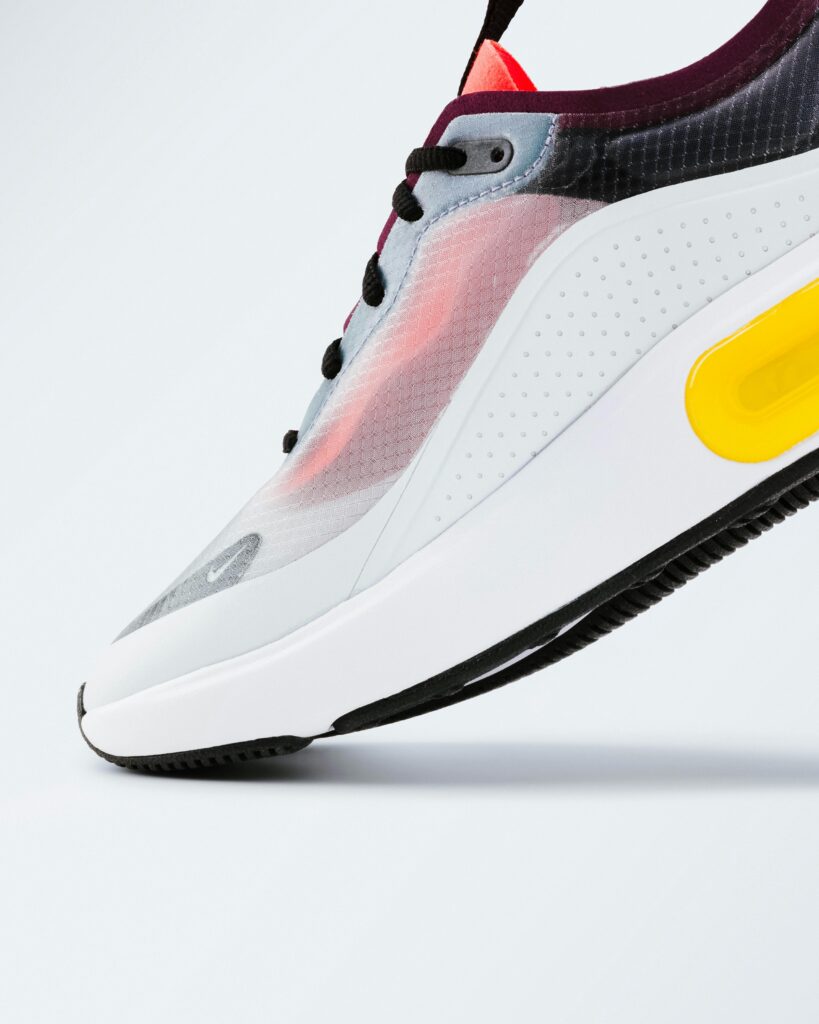The Intriguing Realm of Sneakers: Not Just Ordinary Shoes

Sneakers go way beyond being simple footwear; they’re symbols of culture, statements about fashion, and indicators that show one’s interest in sports or his financial capacities. These days, sneakers are more than just something you would wear for either its function or because it looks nice with your clothes. Sneakers development over time since the start of the last century up to now and their inclusion into every aspect of life was revealed through many interesting facts about it introduced in this chapter.
The Beginning Of The Sneaker
It is a fact that sneakers were first produced during the late 1800s to early 1900s era. The plimsolls were first made around 1860 with rubber soles meant for games. It all started when they came up with a tennis shoe named after its creator that was to be used in some particular games like tennis or croquet. After that came the Converse Chuck Taylor All-Stars during 1920’s, which acted as the original model for what we now call sneakers. By now, he was considered the pioneer transforming sports footwear into trendy apparel.
However, this explosive growth did not occur until the 1970s. The 1980’s witnessed an increase in popularity of basketball leading to endorsement contracts between NBA athletes most notably Michael Jordan thereby propelling this very cultural icon across all nations denoting nothing less than combination two elements namely function form or simply put – utility value exchange which gave rise modern day footwear industry as we know today!
Sneakers for Sports
In essence, these shoes were made to help sports players perform better. They were initially specific to certain sports activities like basketball, running, tennis, etc. The performance-driven footwear market offered consumers enhanced comfort through cutting-edge materials engineered for maximum support and durability during physical exercises.
For instance, consider running shoes. In the late seventies and early eighties of the previous century running shoes were fitted with special features such as cushioning, arch support, and soles that could absorb shock waves. This saw a change as Nike and Adidas invested heavily on research towards developing a new breed that would enhance an athlete’s performance while lowering chances of getting injured from wearing them – hence came about what we know today as “sports shoe technology”. In fact, Nike completely transformed the jogging sneaker with its introduction of air-cushioned soles for better comfort.
Similar developments were witnessed in basketball sneakers. During the 1980s, basketball shoes were developed by Nike and other companies to cater for different players’ requirements such as ankle top and court grip. The debut of Michael Jordan’s Air Jordan sneakers in 1985 added another chapter in the history of NBA footwear; this was a unique creation meant for both athletic and fashionable purposes, closely uniting two kinds of activities.
The Increasing Popularity of Sneakers



As sneaker culture continues to evolve, the future remains bright for this fashion accessory. Technological advancements will continue influencing the design and functionality of athletic shoes such as better materials, energy recovery soles, or ones that adjust depending on your foot movement and shape. Perhaps there will even be self-lacing sneakers integrated with fitness data tracking technology.
It is predicted that there will be more developments in sneaker industry combining technology with environmental conservation. As digital fashion becomes more popular, it might create an opportunity for virtual sneakers within online platforms or even games; hence offering new ways through which one could customize their look using such features on offer today.
Nowadays, they are not just shoes but also part of clothing, culture and personality. Sneakers have found their way into modern society regardless of whether you collect them, play sports or just like clothes. The evolution and innovation by brands combined with the expanding culture around sneakers hints that we still have a lot more coming our way in relation to sneakers in future.
This blog outlines how sneakers transformed over time to become symbols within fashion and culture sectors. Through cultural interactions, performance-driven changes as well as cooperation with high-end fashion designers, sports shoes continue developing and leaving an unforgettable print on global fashion. Whether one is a sneakerhead or simply prefers the stylish and comfy kind; it’s obvious – sneakers mean much more than just footwear these days!
Even though they were made for sports at first, sneakers could not be separated from what was known then as street fashion. The eighties experienced a joining of rising hip hop culture and trainers passion whereby these two groups relied on trainers to explain who they were. This gave rise to sneaker culture revolution that involved association among hip hop musicians, basketball stars and their favorite sneakers.
It was during the 1990s that sneakerheads started emerging. The release of limited edition sneakers became evident as major brands such as Nike, Adidas and Reebok joined hands in producing them before allocating them in few numbers to their customers; hence, this move saw the beginning of sneakerheads sleeping on queues while waiting for new stocks, which would make them fight among themselves once they got any pair. As time passed by, there came about some changes within sneaker culture like its transformation from being just a passing fad into something more serious with special edition releases being considered as symbols for privileged few due to their social rank or position.
Nike, Adidas, Puma, and New Balance among other brands decided to take advantage of the cultural significance of sneakers by teaming up with designers, musicians, as well as popular individuals in coming up with special edition fashion-oriented footwear. In relation, these partnerships brought about an introduction of luxurious styles into the market for athletic shoes while some well-known designers e. g., Virgil Abloh or Kanye West even went further to convert such kicks into artworks that could be worn on feet just like any other apparel.
Intersection of Fashion and Function: Sneaker Design
Sneakers are loved not only because they are useful when playing different games but also due to certain features that make them look great at all times. Throughout time, shoe creators have extended conventional boundaries by incorporating advanced technologies combined with artistic elements ultimately resulting into commodities required by people for different reasons including fashion purposes too. Today, there is no fashion house or urban clothing brand which does not offer its version of this classic footwear piece – sneaker.
For example, Nike came up with a performance-techy innovation called Flyknit: it uses one knitted fabric piece for shaping most part (or all) uppers. This fabric is comfortable because it is light and allows air to move through easily; besides, customers find its slim look very attractive meaning that they would prefer buying such products over others available in market. On another front, Adidas introduced Boost technology featuring foam with energy return properties thus revolutionizing contemporary outlook on trainers by making them not only comfortable but also good looking in terms of style.
The collaboration between high fashion designers and sports brands allows for a mix of street and street fashion. Kanye West’s Adidas Yeezy line is a good example of how sneakers can be considered as an international fashion item today. Yeezys are now associated with expensive looking street clothes that have simple features but made from rich raw materials; these clothes are said to be worth much money at the present moment and also they serve as an expression of one’s personality.
Such partnerships of sneakers with fashionable designers and artists e. g. Nikes collaboration with Travis Scott not only increase their marketing relevance but also influence culture greatly. These special editions are usually sold out in a matter of minutes, causing the cost price to rise up to several thousands. The footwear is an opportunity for fans and buyers alike to communicate something about who they are and what they like, based on its connection with one particular or another person out there.
The Sneaker Resale Market
Just like other cultural artifacts whose value appreciates over time due to scarcity, there has been an emerging secondary market comprising rare and limited edition sneakers. Lately, there has been a surge in the business of reselling sneakers as seen through online platforms such as StockX, GOAT, and Stadium Goods among others where traders “flip” them for profit. At times, a rare set of Air Jordans or an exclusive pair from a Nike collaboration may go for a very high amount reaching several thousand dollars while having had an initial retail price much lower than that.
Consequently, many individuals now purchase shoes which they plan to resell instead of using them. The high demand for limited edition sneakers has led to the emergence of a phenomenon known as “sneaker flipping,” whereby individuals buy multiple pairs during release events so that they can resell them later at higher prices. It is no longer clear whether people collecting sneakers should be seen as investors or vice versa given that some now believe that these commodities can be referred to as alternative investments just like shares or property.
Although this sector has increased the availability of trainers to more consumers globally, it has equally resulted in some contentious issues like sneaker bots; software programs designed to purchase instantly all units of limited edition releases online. Anti-bot technology is being introduced by brands to ensure that genuine customers get their hands on such products but this war between resellers and sneaker-heads still rages on.
The Environmental Impact of Sneakers
The expansion of the sports shoe industry has led to increased awareness concerning its ecological effects. Manufacturing sneakers consumes great quantities of resources such as synthetics, rubber, and dyes. As people buy more and more pairs of sneakers, there arises concerns related with increased levels garbage specifically resulting from dumping worn-out shoes otherwise called obsolete ones and/or replacing them with newly created models on frequent basis like every now then.
Sustainability drive has been witnessed in the manufacturing of trainers. Adidas and other brands have started to make environmentally friendly shoes. For instance, the Adidas Parley uses upcycled plastic waste from the ocean for some of its models, hence serving as a symbol for environment-friendly production. Nike is another example of companies that have taken steps to lower their carbon footprint by improving how they cut on waste and other related matters in industry.
Because of this, many shoe lovers now practice responsible buying behavior such as going for used secondhand or old styled ones. The emergence of platforms like Depop and Poshmark has provided an opportunity for buyers to purchase or acquire pre-owned sneakers, which are rare commodities that may have gone out of market for a very long time. With time, people now see sneakers only fit for purpose when they are manufactured appropriately with consideration given towards sustainability and not just at a huge cost to the environment.
The Future of Sneakers
As sneaker culture continues to evolve, the future remains bright for this fashion accessory. Technological advancements will continue influencing the design and functionality of athletic shoes such as better materials, energy recovery soles, or ones that adjust depending on your foot movement and shape. Perhaps there will even be self-lacing sneakers integrated with fitness data tracking technology.
It is predicted that there will be more developments in sneaker industry combining technology with environmental conservation. As digital fashion becomes more popular, it might create an opportunity for virtual sneakers within online platforms or even games; hence offering new ways through which one could customize their look using such features on offer today.
Nowadays, they are not just shoes but also part of clothing, culture and personality. Sneakers have found their way into modern society regardless of whether you collect them, play sports or just like clothes. The evolution and innovation by brands combined with the expanding culture around sneakers hints that we still have a lot more coming our way in relation to sneakers in future.
This blog outlines how sneakers transformed over time to become symbols within fashion and culture sectors. Through cultural interactions, performance-driven changes as well as cooperation with high-end fashion designers, sports shoes continue developing and leaving an unforgettable print on global fashion. Whether one is a sneakerhead or simply prefers the stylish and comfy kind; it’s obvious – sneakers mean much more than just footwear these days!